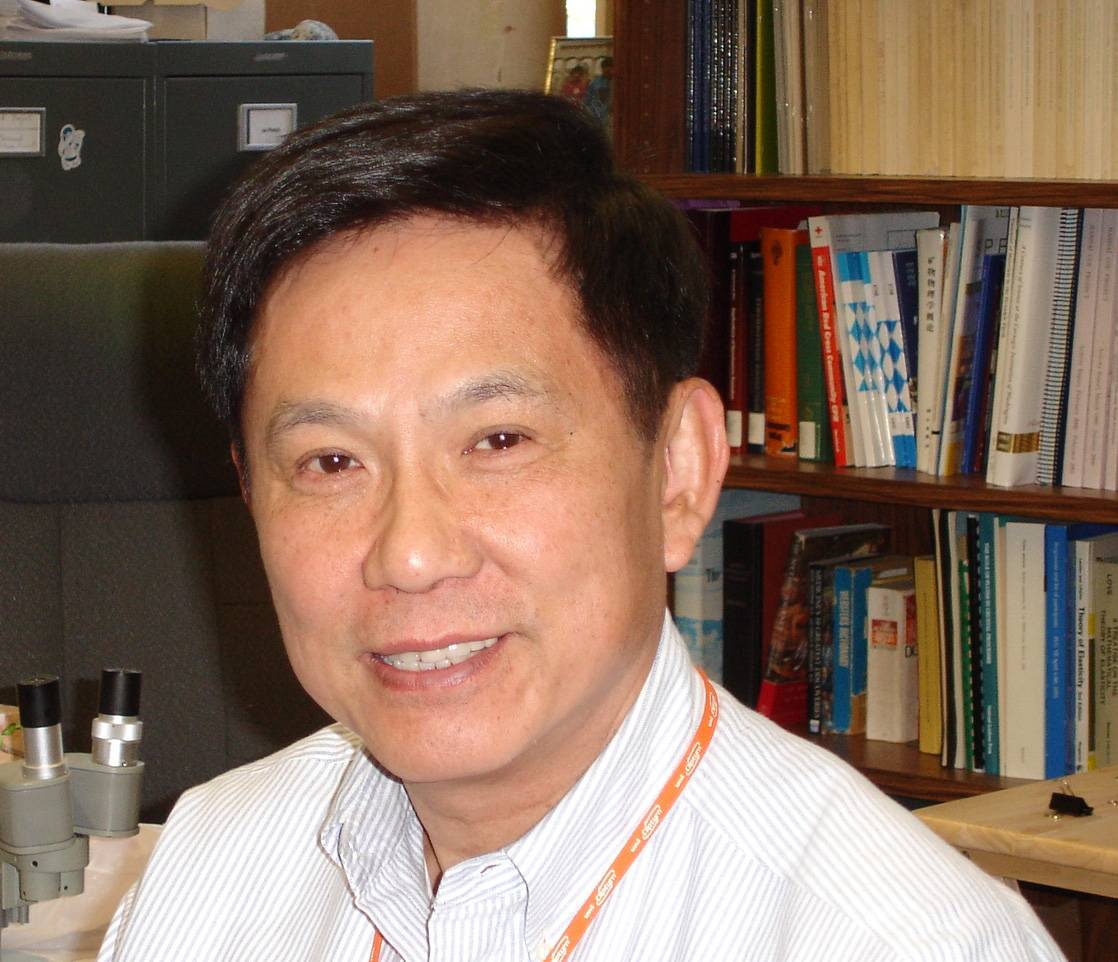毛河光院士应邀来我组进行学术交流 毛河光院士于2011年1月10日应邀访问我组并做了题为“Energy Frontier Research in Extreme Environment”的中关村论坛学术报告。
个人简介 :
报告内容摘要: At the turn of the 21st Century, the critical shortage of abundant, affordable, and clean energy demands greatly accelerated advances in energy research on materials. The high-pressure dimension offers enormous new areas for the next-generation breakthroughs in energy sciences. The next-generation high-pressure exploration must first start with the development of a full array of enabling tools, from first-principles computational methods and analytical probes to new pressure vessels. We now have a rare opportunity to bridge the gap between the state-of-the-art synchrotron and neutron probes and high-pressure apparatus, thus maximizing the potential of these probes for high-pressure energy exploration. Pressure drastically and categorically alters all phonon, electronic, magnetic, structural and chemical properties, and pushes materials across conventional barriers between insulators and superconductors, amorphous and crystalline solids, ionic and covalent compounds, and vigorously reactive and inert chemicals. Most promising is that an increasing number of novel materials with unique properties discovered at high pressures can be stabilized at low pressure; some of these can even be recreated through alternative chemical paths. High-pressure research thus meets energy challenge in four categories: Revealing novel phenomena, materials, and processes, Discoveries at high pressures, recoveries for ambient energy applications, Fine-tuning materials properties for fundamental understanding of physical and chemical principles, Designing energy-specific materials and processes.
|
